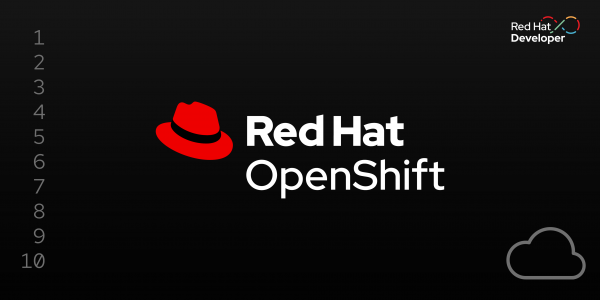Red Hat bids to ‘unite’ enterprise IT with OpenShift 4.20
At the KubeCon + CloudNativeCon 2025 Americas conference this year, we learned of the general availability of Red Hat OpenShift 4.20, the latest version of the company’s hybrid cloud application platform powered by Kubernetes.
Red Hat OpenShift 4.20 introduces capabilities for accelerating AI workloads, strengthening core platform security and enhancing virtualisation strategies consistently from the datacentre, to public clouds… and the edge.
This latest release strengthens the platform’s security posture, addressing both today’s immediate threats and the complex, evolving security needs of enterprise IT.
The company tells a story that gravitates around modern use cases in the increasingly cloud-native IT stack, i.e. as organisations navigate increasing complexity and expanding regulatory requirements, they need a more consistent and reliable platform to bridge diverse applications and services across their entire IT footprint.
Digital sovereignty
There is also a need for capabilities that can work with digital sovereignty, which means companies need to maintain control over their cloud roadmaps.
This means they need to decide precisely which applications and data must run in-house and which exist outside that domain.
“Red Hat OpenShift 4.20 provides a unified and more efficient foundation, built with systems security front and centre, enabling sovereign deployments and accelerating the development and deployment of applications and AI workloads across hybrid cloud environments,” notes the company, in a technical statement.
By hardening the platform for the requirements of sovereignty, the team suggests that Red Hat OpenShift 4.20 helps secure the main traffic between control plane components with initial support for post-quantum cryptography (PQC) algorithms for mTLS, to deliver long-term cryptographic protection for critical communications.
According to Red Hat, “This release also brings greater operational flexibility to the core platform and strengthens security capabilities for Red Hat OpenShift Platform Plus customers. This includes the general availability of Red Hat Advanced Cluster Security 4.9 and enhancements to Red Hat Trusted Artifact Signer and Red Hat Trusted Profile Analyzer to help customers more easily manage and analyze security data. Additionally, the zero trust workload identity manager is scheduled for release later this year, delivering identity attestation for machines and humans alike across federated infrastructure.”
Red Hat OpenShift 4.20 offers new capabilities, which are designed to streamline the deployment and management of complex AI workloads, making them easier to scale and manage.
For instance, the LeaderWorkerSet (LWS) API for AI workloads simplifies the management of large, distributed AI workloads with automated orchestration and scaling. Deployment time is dramatically reduced using Image volume source for AI workloads, which allows new models to be integrated in minutes without rebuilding application containers.
Model Context Protocol
Together, these features provide functionality for Red Hat OpenShift AI or other AI platforms to help customers move more easily from experimentation to production. Additionally, Model Context Protocol (DP) enables cluster management via developer tools like Visual Studio Code.
“The pace of innovation in enterprise IT is accelerating, driven by the demands of AI and a shifting landscape caused by new regulations and corporations needing to mix sovereignty into their technology investments. With Red Hat OpenShift 4.20, we are delivering a foundation that not only keeps pace with these changes but helps our customers lead them. We’re providing the tools to unify their infrastructure, from legacy virtual machines to modern approaches for virtualisation, all while maintaining the enhanced security posture, confidence and production control that is essential for market changes coming in 2026,” says Mike Barrett, vice president and general manager, hybrid cloud platforms, Red Hat.
Red Hat says it continues to optimise Red Hat OpenShift Virtualization, enabling customers to manage virtual machines (VMs) alongside containers and cloud-native applications from a single platform.




